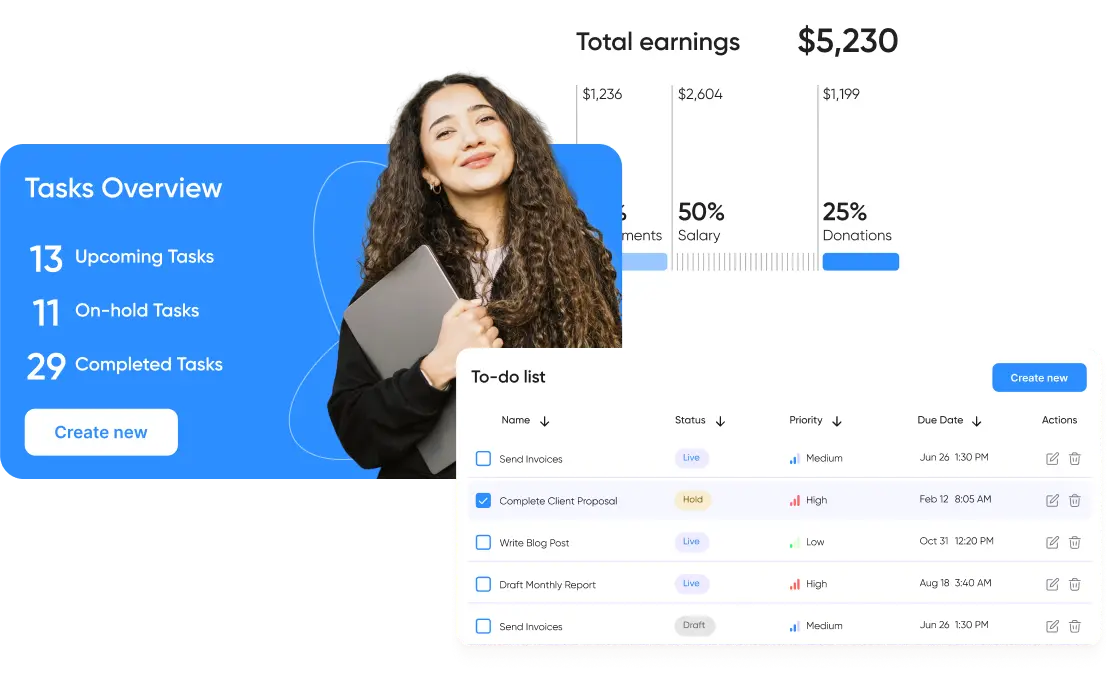Digital Wallet
Digital Wallets Development: Discovery Phase Explained
Imagine you are building a house. You have some requirements: everything should be easy to use, customized, and look stunning. There is an idea, so what should you do next? Maybe, you need to create a plan for all building processes.
Well, there are two options:
You can create the plan and design it by yourself. It will take a lot of time and effort to understand the basics of all the processes and to make this plan. There is a risk that you will need to recreate your project, add some details, and change your plan in the next stage. Sounds complicated and chaotic, right?
There is another way: you can hire a professional team who will take care of all the processes concerning this stage and deliver high-level results: everything will be thought out to the last detail. In this case, making something wrong during the next stages would be impossible.
Absolutely the same thing happens during the e-wallet development process. What will you choose?
The process we told you about is called the discovery phase of digital wallet development.
Digital Wallets Development: What is the Discovery Phase?
The Discovery Phase is the first stage of the software development process. During this step, companies usually analyze and define many aspects of the project: the goals, scope, values, risks, and limitations. The purpose of a discovery phase is to enable making data-driven decisions and define, reduce, and fix potential problems and risks connected to product development.
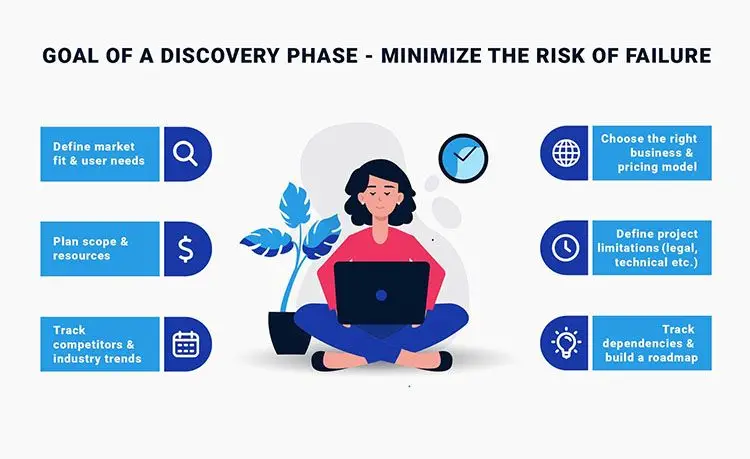
In the picture below, you can see the main steps and structure of the Development phase:
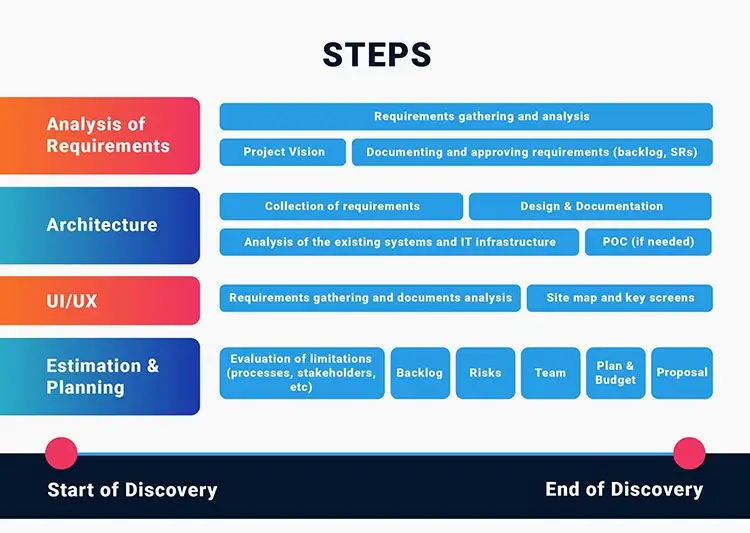
Why Does the Discovery Phase Matter?
The best way to understand why the discovery phase matter is to look at the statistics. According to McKinsey research, 90%+ of IT projects fail, and 17% of IT projects turn out so bad they cause the company's collapse. While only 7% of the projects are delivered late, 45% of them exceed the estimated budget.
The picture below shows the risks of skipping a Discovery Phase.
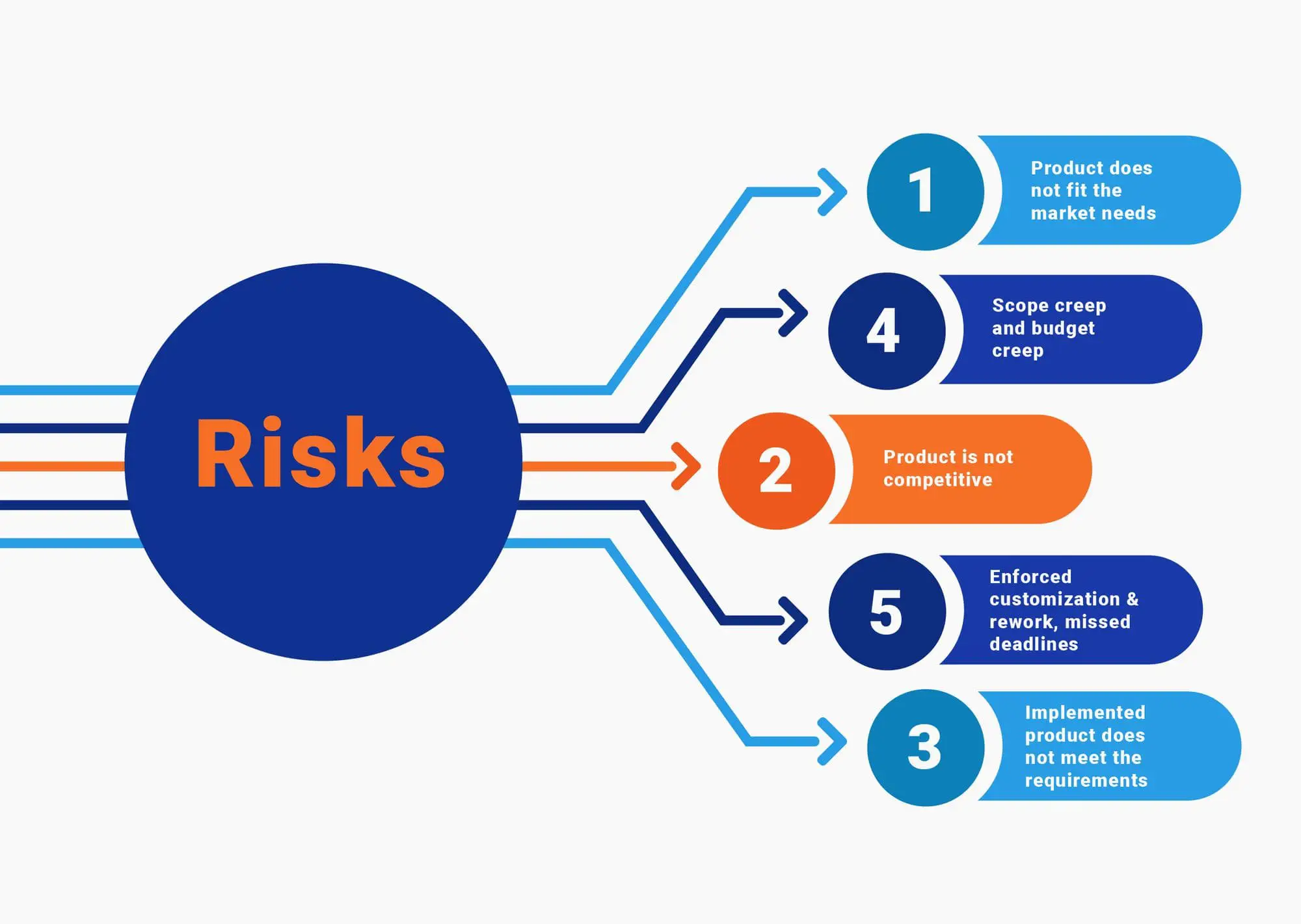
Discovery Phase will minimize many risks, create a better vision of your product for stakeholders, and reduce costs in the future.
Benefits of the Discovery Phase
The Discovery phase has many benefits. Let's look at some of them:
- Saves time and money in the future;
- Makes a clear vision of the product;
- It makes it possible to validate idea better and challenge it;
- Improves understanding of the deliverables;
- Allows us to understand the complexity and risks of the development clearly;
- Builds a basis for further cooperation (with a good plan, you can go to any software development company, and the risk of failure in the development stage is nearly impossible);
- Enables a better understanding of the technical side of the project;
- Provides a better understanding of the team needed for the discovery phase.
Discovery Phase Roles
During the digital wallet discovery phase, a team of professionals will work on your idea:
Product Manager – strategically plans, tracks, and executes the product's lifecycle. Product managers also identify and analyze the product's potential benefits, ensuring that all company goals are reasonably achieved.
UI/UX Designer – a person who creates user-friendly interfaces so users can interact with the app easily. Designers collect, research, investigate, and evaluate users' requirements, needs, and trends to make the features of your app unique.
System Architect – an expert in configuring, operating, and maintaining computer systems. System Architect creates a solution based on many principles and concepts.
Business Analyst – a person who analyzes relevant data and requirements to deliver data-driven recommendations and reports to stakeholders and executives. A business analyst ensures that all business processes are adequately defined, documented, and implemented to develop solutions to business problems.
Essential Elements of the Successful Discovery Phase
So, what steps should you take next if you decide to make a discovery phase and have a team of experts?
Stakeholders Matrix and RACI Matrix
A stakeholder matrix is a tool project managers use to analyze project stakeholders and determine the actions necessary to align the goals of the stakeholder with the project. It consists of two matrices: a vertical one containing the stakeholders and a horizontal one containing their needs, potential conflicts, and expectations. Here you can see an example of this system.
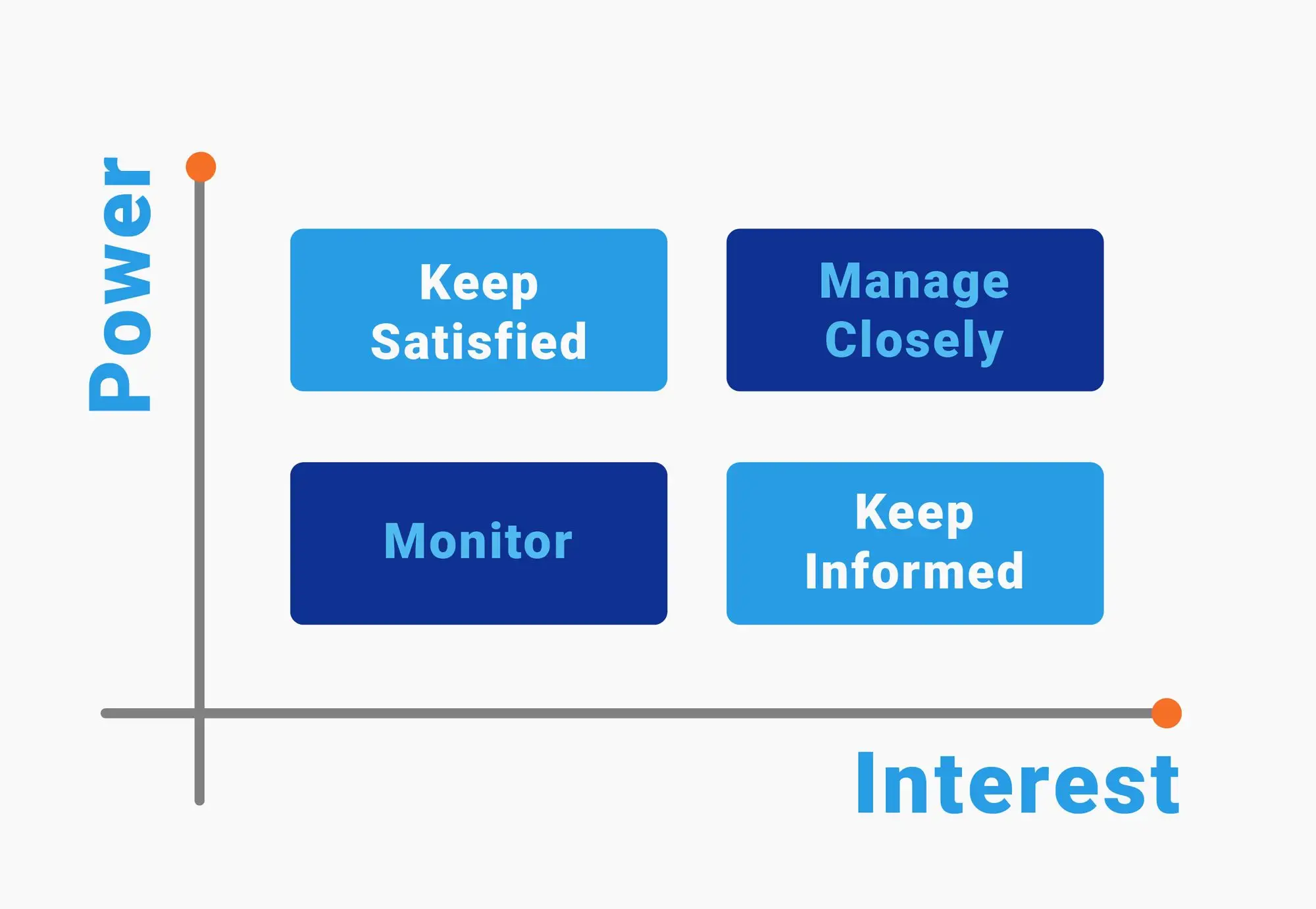
And the second important tool that we use is RACI Matrix. RACI stands for Responsible, Accountable, Consulted, and Informed. The RACI effectively clarifies and defines roles and responsibilities in cross-functional or departmental projects and processes. It defines the activities for which responsibility lies with the team and those for which advice is expected.
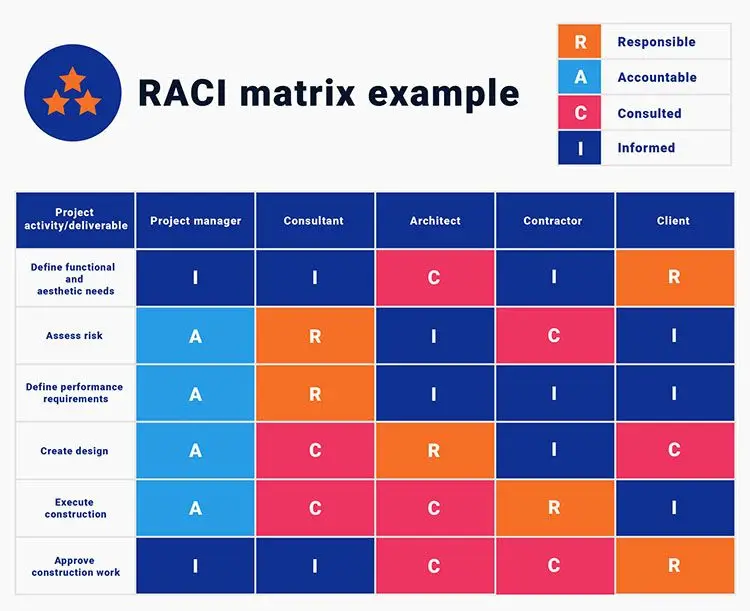
Defining the Problem
Many entrepreneurs think if their idea is good, it will be evident to everyone. The idea is a set of hypotheses, not facts.
When you believe the concept is excellent, you should still validate it with others to reach the result before the building process. In another case– everything will be chaotic.
Here you should focus on the problem scope. After you understand the existing problems in a relevant field, you should ask many questions to define the main problem you want to solve with your application.
Market Analysis
One more critical aspect is market analysis. It is the foundational part of the discovery phase.
During this stage, many aspects will be analyzed to identify the trends and needs in the market and also ways to outstand from the others:
- Size – the approximate number of potential customers
- Trends – a set of factors that have and will have an impact on a specific market and your product.
- Growth – forecasting the rise in the size of a particular market over a period of time.
- Profitability- we will help you to understand whether the market is profitable or not, taking into account the following facts:
- Buyer power
- Supplier power
- Barriers to entry
- The threat of substitute products
- Competition among the firms
Setting hypothesis
After we have defined the problem and analyzed the market, it is time to set a hypothesis. Why do you need this? Because the problem you specified is based on the facts gathered during the previous stages, and the solution is based on the hypothesis.
This process usually comes with the identification of potential risks. So, here you need to analyze potential risks related to each hypothesis and understand the probability of the occurrence of a risky event and the impact of those risks on your product. Together we will think about what can happen if the risk occurs and how to minimize its impact on your product. After we define the risks, we can create a chart like this to understand each process better.
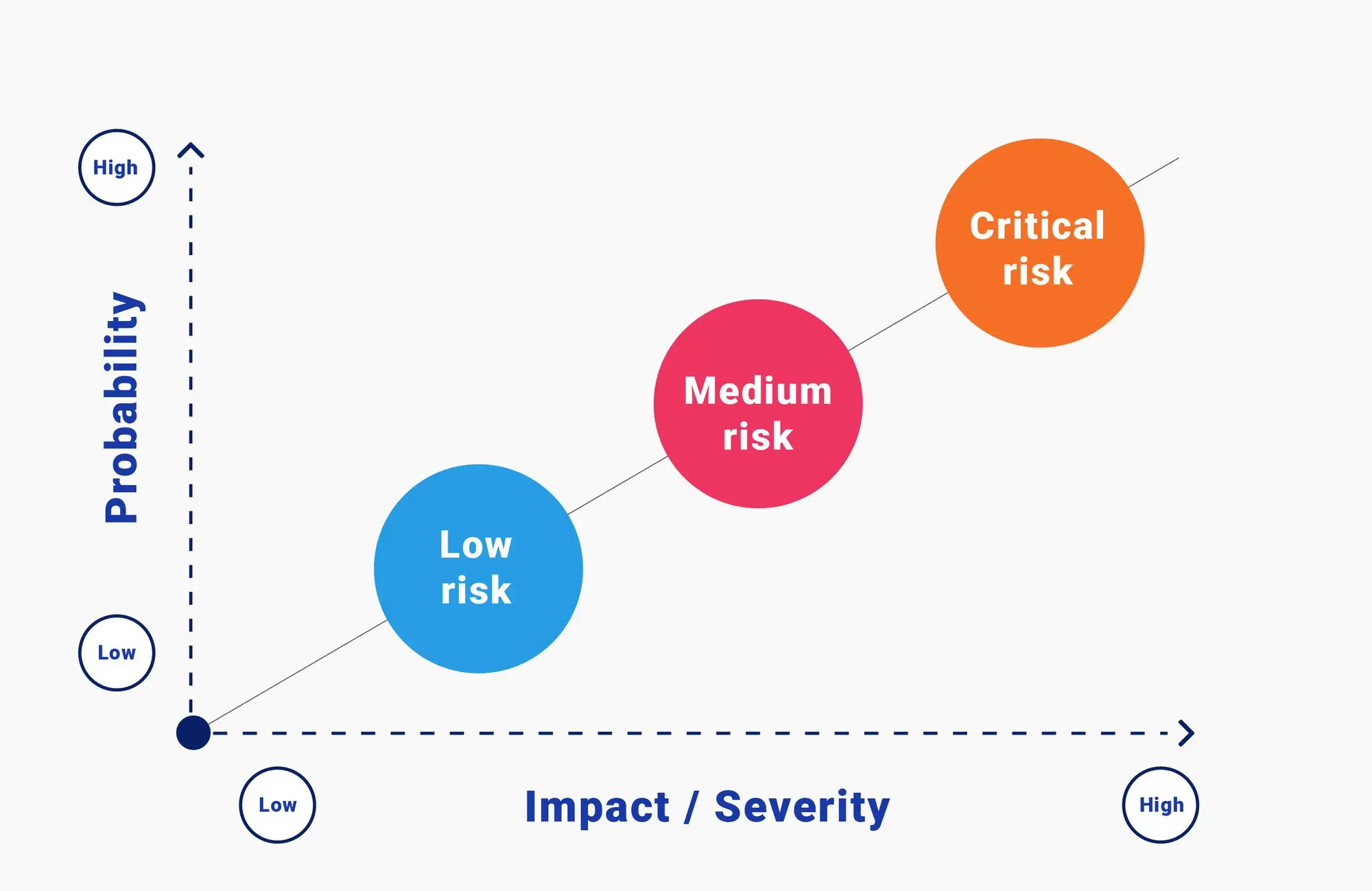
Defining User Persona
Our next stage- is to analyze the User Persona. This fictional character perfectly represents your target users: their behavior, goals, motivations, and pain points.
User Persona is a beneficial tool in user experience design because it allows you to understand the target audience better and make decisions following this information.
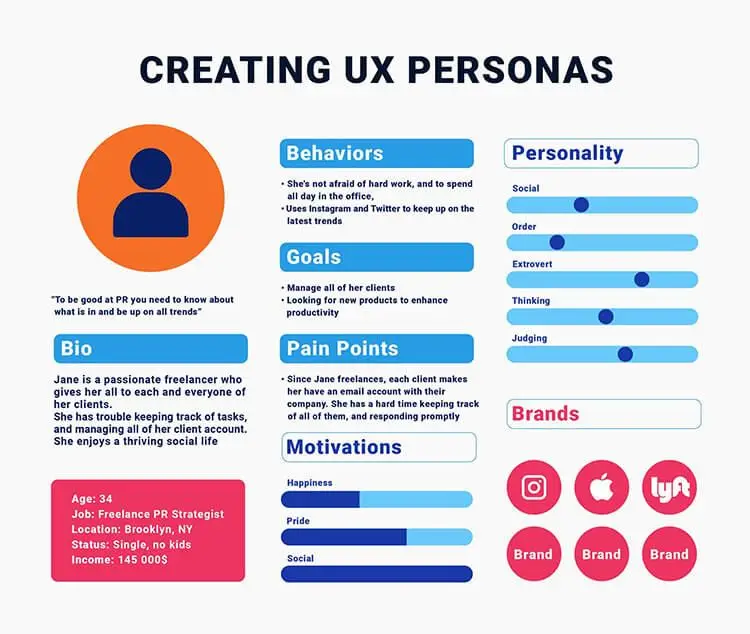
Analyzing Competitors
It is crucial to understand the features of the apps you compete with. Comparing your competitors by different criteria will help you create a unique and outstanding product. In the picture below, you can see how the competitor analysis looks:
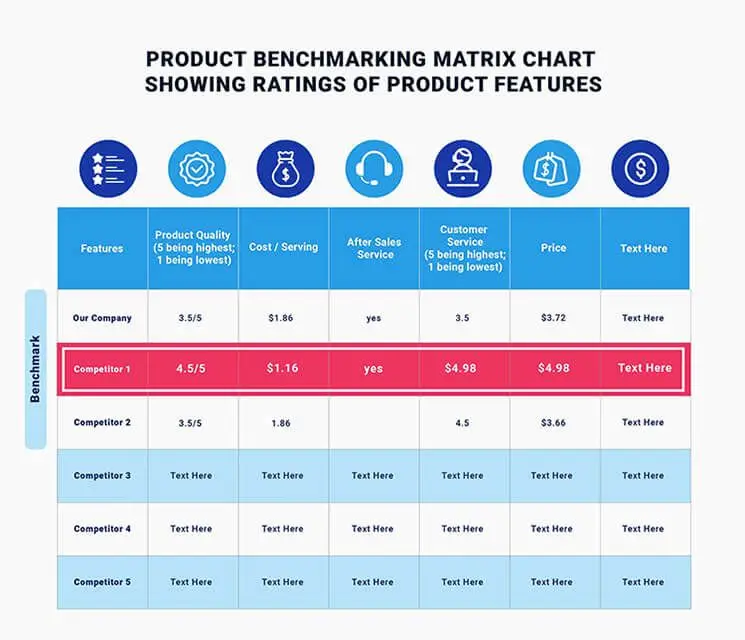
Building a Proof of Concept
The Proof of Concept (POC) is a project that demonstrates that the product’s idea, business plan, project plan, or technology implemented is feasible. Once a PoC is implemented, you can use the results to decide about your product or idea.
User flow and lo-fi design
User flow shows users' paths while interacting with your e-wallet app from the entry point to the final point.
Low-fidelity or lo-fi design is a quick and easy way to test the functionality of your e-wallet application from the user's perspective. This process will clarify your and your stakeholders' understanding and expectations about the product.
Digital wallet regulatory compliance
Digital wallet apps should comply with general and local legislation like any other product. The popularity of online financial services has led to the development of many cyber-criminal methodologies and caused higher standards to comply with. To minimize the risks of fraudulent activity, various financial institutions and systems worldwide are required to create Anti-Money Laundering (AML) Compliance Programs and comply with Payment Card Industry Data Security Standards. You can read more about this and other important aspects to pay attention to during the e-wallet development process in our article “How To Develop A Payment Gateway: Your Hands-On Guide.”
Choosing architecture and tech stack
Now, we can create the architecture of your digital wallet app and choose the tech stack in accordance with it.
Usually, recommended tech stack for the e-wallet development process looks like this:
- For Mobile Development: Flutter, and ReactNative for cross-platform applications; Kotlin and Swift for native mobile applications;
- For Web Development (if you want a web version of your app or a “hybrid” version - Progressive Web Application):
- for modern & fluent UI/UX frontend: Vue.JS, React.JS, TypeScript, HTML5
- for fast and robust backend: Golang, Node.js
- For Backend Development: Node.JS, Angular.JS, Java, Ruby, Python, PHP, Django, MongoDB;
- For Database: MongoDB, DynamoDB, Postgres/MySQL, Redis, ElasticSearch.
- For QR Code Scanning: ByteScout BarCode, ZBar Code Reader, etc.
- For Analytics: Amazon Kinesis, Apache Kafka, etc.
- Cloud Services: Amazon Web Services, Google Cloud, Azure, etc.
- To enable Push Notifications: Amazon SNS, Firebase Cloud Messaging, etc.
- For Geolocation: Google Maps API
- Payment Gateways: PayPal, Stripe, QuickPay, etc.
Estimating and Creating a Roadmap
The roadmap is usually a timeline visualization of the path you want to follow during the whole development process. The roadmap will help you better communicate with your team and understand the stage we are working on. Here you can see a roadmap of the application.
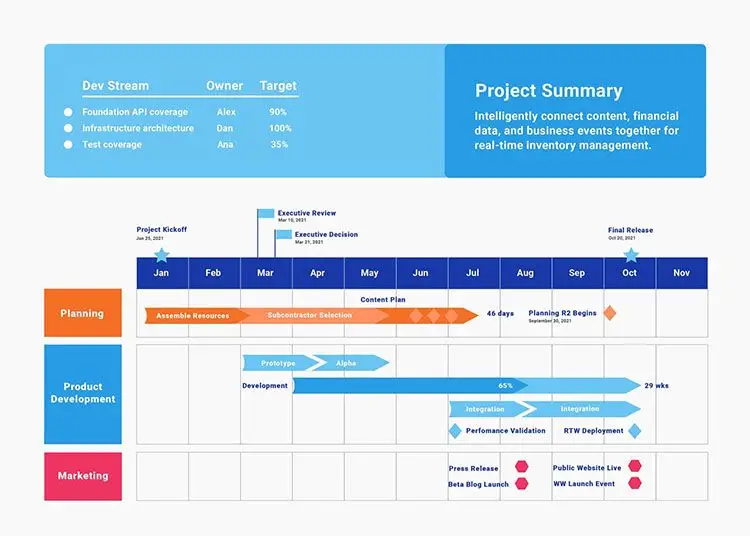
Cost and Timeframes for Discovery Phase
Discovery Phase Deliverables
Conclusion
Building a wonderful house requires a strong base. The Discovery Phase will minimize the risks of failure during the next stages, involve more shareholders, and clarify many aspects of the product. Thus – you can attract more users.
If you have decided to do a Development Phase – contact us, and we will provide you with the details of cooperation.
Browse our case studies and get actionable insights to drive your success
See more